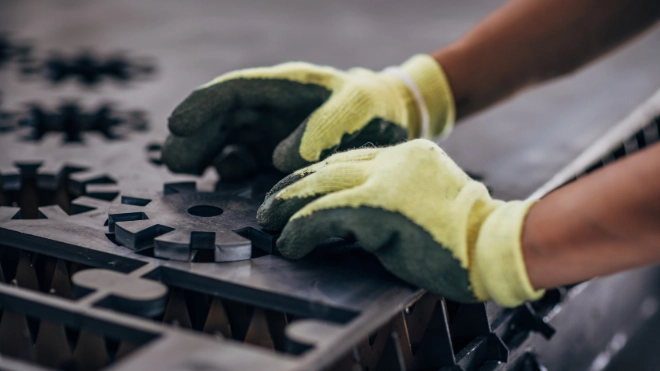Atradius Atrium
Získajte priamy prístup k informáciám o poistnej zmluve, nástrojom na podávanie žiadostí o úverový limit a prehľadu.
 Slovakia kancelárie
Slovakia kancelárie










Ukázať viac
Zobrazenie 7 z 58
Ukázať viac
Zobrazenie 7 z 22
Získajte prehľad o našom poistení podnikateľov a všeobecnom poistení.
Ďalšie videá o spoločnosti Atradius nájdete na našom kanáli YouTube.
Kontakt pre média